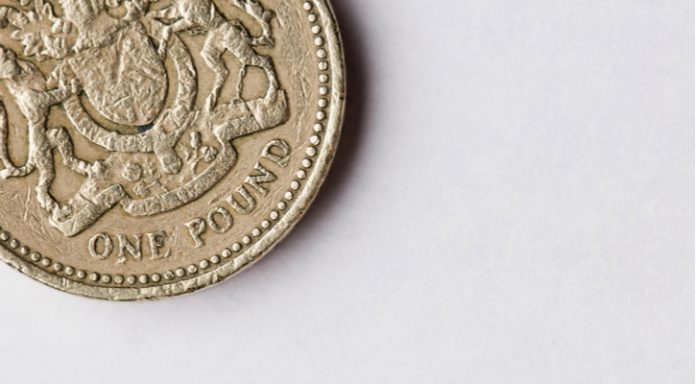The pound jumped 0.3% at the end of trading on Wednesday on Brexit progress. This pushed the pound US dollar to a session high of US$1.3053.
| What do these figures mean? |
|---|
|
When measuring the value of a pair of currencies, one set equals 1 unit and the other shows the current equivalent. As the market moves, the amount will vary from minute to minute. For example, it could be written: 1 GBP = 1.28934 USD Here, £1 is equivalent to approximately $1.29. This specifically measures the pound’s worth against the dollar. If the US dollar amount increases in this pairing, it’s positive for the pound. Or, if you were looking at it the other way around: 1 USD = 0.77786 GBP In this example, $1 is equivalent to approximately £0.78. This measures the US dollar’s worth versus the British pound. If the sterling number gets larger, it’s good news for the dollar. |
The pound had been under pressure early on in the previous session as investors reacted to a plot to oust the UK Prime Minister Theresa May. Even though the attempt failed, the political risk was sufficient to send the pound southwards, where it remained until late in the session.
| How does political risk have impact on a currency? |
|---|
| Political risk drags on the confidence of consumers and businesses alike, which means both corporations and regular households are then less inclined to spend money. The drop in spending, in turn, slows the economy. Foreign investors prefer to invest their money in politically stable countries as well as those with strong economies. Signs that a country is politically or economically less stable will result in foreign investors pulling their money out of the country. This means selling out of the local currency, which then increases its supply and, in turn, devalues the money. |
The pound soared on news that the EU officials are redrafting the language on the Irish backstop in an attempt to make the language more palatable to the UK. The EU also said that the UK will need to make concessions, which they have agreed to do once the Conservative Party Conference in October is over. Investors are seeing this slight softening of stance by the EU as another indication that they are willing to make a deal happen. Given that a Brexit deal is seen as better for the UK economy and therefore the pound, the pound jumped higher.
Today investors will be focused on the Bank of England monetary policy announcement and the minutes from the Monetary Policy Committee (MPC) meeting. Analysts are not expecting the central bank to hike interest rates after they were raised just six weeks ago.
Even though UK economic data has been broadly encouraging, Brexit uncertainty remains. Therefore, analysts are expecting the BoE to stick with its well-rehearsed mantra of limited and gradual rate rises.
US Inflation Data In Focus
The dollar was out of favour in the previous session as trade war fears eased. The US approached China for another round of trade talks, following the previous round, which proved to be fruitless. This report boosted sentiment and as a result, investors were no longer seeking the safe haven of the US dollar.
With trade wars on the backburner, today market participants will look towards US inflation data as measured by the Consumer price index (CPI). Analysts are forecasting that US inflation will tick down to 2.8% year on year in August, from 2.9% the previous month. On a monthly basis, analysts are expecting inflation to move higher from 0.2% to 0.3% in August. With the US economy firing on all cylinders, the labour market tightening and wages increases, inflationary pressures are building. Strong inflation would mean a Fed rate hike is more likely.
| Why do raised interest rates boost a currency’s value? |
|---|
| Interest rates are key to understanding exchange rate movements. Those who have large sums of money to invest want the highest return on their investments. Higher interest rate environments tend to offer higher yields. So, if the interest rate or at least the interest rate expectation of a country is relatively higher compared to another, then it attracts more foreign capital investment. Large corporations and investors need local currency to invest. More local currency used then boosts the demand of that currency, pushing the value higher. |
This publication is provided for general information purposes only and is not intended to cover every aspect of the topics with which it deals. It is not intended to amount to advice on which you should rely. You must obtain professional or specialist advice before taking, or refraining from, any action on the basis of the content in this publication. The information in this publication does not constitute legal, tax or other professional advice from TransferWise Inc., Currency Live or its affiliates. Prior results do not guarantee a similar outcome. We make no representations, warranties or guarantees, whether express or implied, that the content in the publication is accurate, complete or up to date. Consult our risk warning page for more details.
This article was initially published on TransferWise.com from the same author. The content at Currency Live is the sole opinion of the authors and in no way reflects the views of TransferWise Inc.





